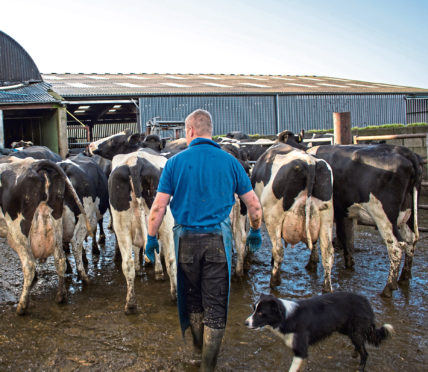Production gains in agriculture can be achieved without causing damage to farmland wildlife, according to Scottish researchers.
A study, published in the Journal of Applied Ecology, claims British farms could produce more food while also supporting wildlife.
Carried out by Edinburgh Napier University, in conjunction with SRUC and the Royal Botanic Gardens Kew, it explored the potential for “sustainable intensification” in dairy farms. The researchers looked at different feed rations for a model dairy herd, then worked out how much land was required and how different mixtures of crops influenced wildlife, such as spiders and plants.
Using statistical models, they found they could increase the land efficiency of the system by manipulating the crops needed to meet the dietary requirements of the herd. This meant land would be freed up for additional production or promoting biodiversity.
The researchers found biodiversity was greatest when the efficiency of the system was increased and the spare land was devoted to species-rich grassland.
Biodiversity gains were also evident when spare land was used for additional crop production, especially when these additional crops supported different species of wildlife.
“Optimum farmland composition typically depends on whether to maximise production or biodiversity. But we have shown this doesn’t have to be the case,” said Dr Patrick White, lecturer in conservation biology at Edinburgh Napier.
“Greatest ‘win-wins’ can be achieved by making productive land cover more diverse and selecting crops that complement each other in the species they support.”
Dr Lorna Cole from SRUC added: “Agri-environmental policy needs to take a more holistic approach and there should be greater focus on increasing the efficiency of current agricultural land use and maximising the quality of land taken out of production for biodiversity.”
